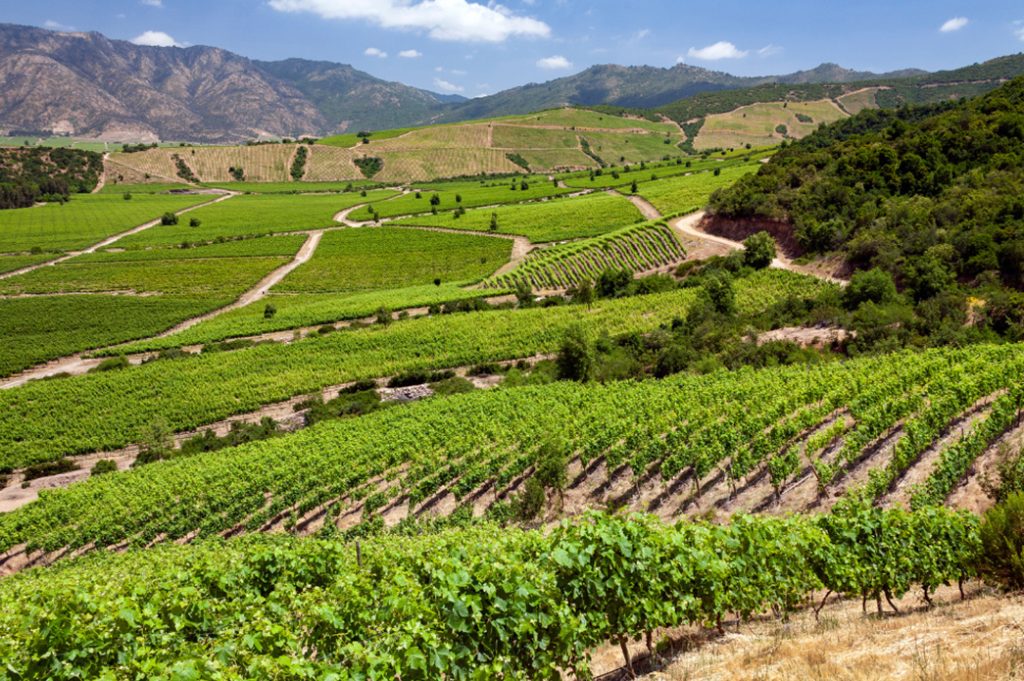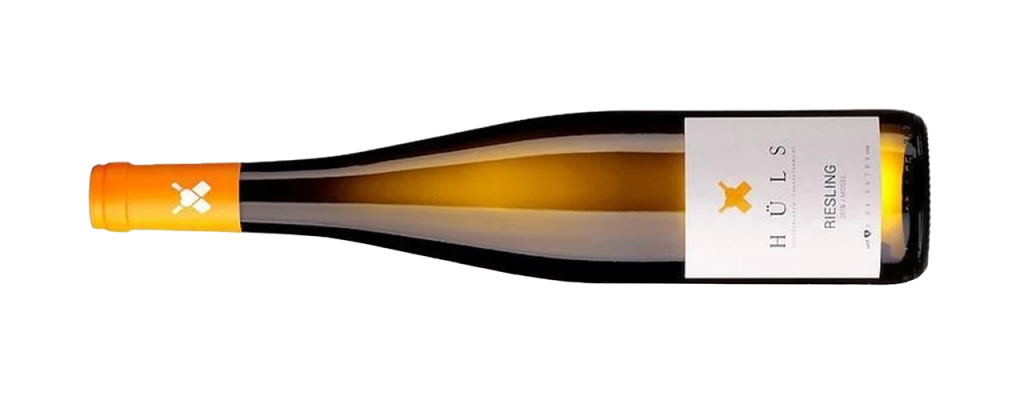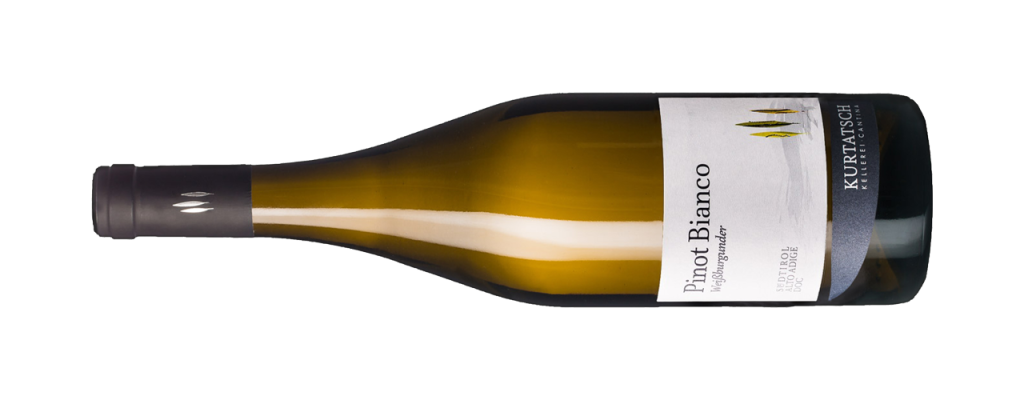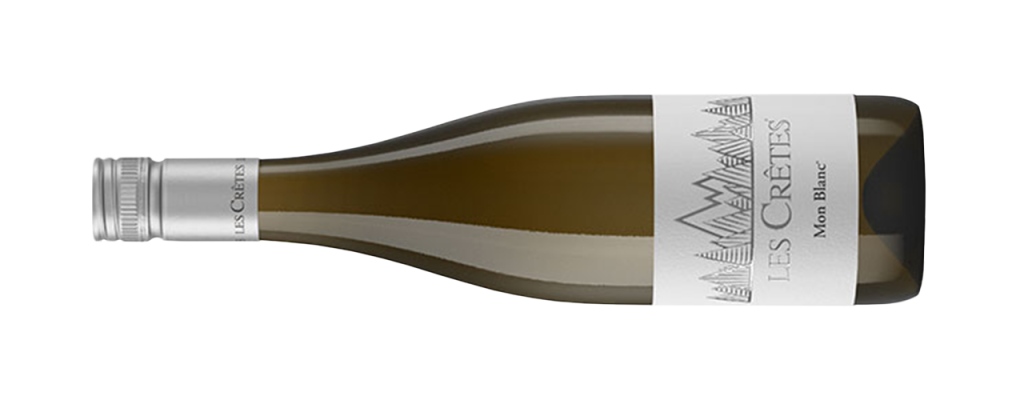One of the most important but least appreciated elements in wine is acidity. Without it, wines would taste flabby and lifeless, ponderous and heavy on the palate and lack any kind of freshness or vivacity. The harmonious balance of fruit, sweetness and acidity — along with tannic structure in reds — makes for eminently enjoyable sipping.
All grapes start out incredibly acidic, with few other notes to them. As they grow and ripen, sugars and water fill the berries, pips begin to enlarge and ripen inside and acids respire. The viticulturist is looking for that perfect moment where the sugars are high enough, the pips inside are ripened and brown and the phenolic compounds and flavonoids in the grape are fully formed, but where there is also enough acidity left in the grape to provide balance and freshness in the finished wine. In cooler climates, like Niagara, Germany, the UK and most of Chile, wine growers will occasionally struggle to reach full sugar ripeness (“degrees Brix”), but have little problem retaining acidity. In warmer regions like Central Valley (California), Barossa (Australia), Osoyoos (British Columbia) and Stellenbosch (South Africa), care must be taken to harvest grapes before they lose acidity and become overly boozy.

During winemaking, yeast converts the sugars in pressed grapes into alcohol (and CO2). Increasingly, winemakers rely on “indigenous” or “wild” naturally occurring yeasts instead of cultured yeasts that are quite predictable. The use of wild yeasts increases the chance of wine flaws and imperfections, a notable one being acetic acid, generally referred to as volatile acidity or “VA”. This wine fault can also occur when damaged grapes that have had their skins pierced in the vineyard have been affected by acetobacter aceti, the bacteria responsible for VA. Botrytised or late-harvest grapes are particularly susceptible to this. Volatile acidity will give a wine vinegar-like notes. When combined with another flaw, Brettanomyces, you might mistake the wine in your glass for kombucha!
The primary acids that affect your enjoyment of wine are tartaric (found in cherries, berries, mangoes, bananas and other fruits), citric (lemons, grapefruit), malic (green apples) and lactic (the acid in milk). Tartaric acids are the most prominent; citric acids represent only one-twentieth the amount of tartaric. Acids are measured by Total acidity (TA), the total amount of titratable acidity in a wine, and pH, which measures the intensity of the acids. The scale for pH runs up to 14. Water has a pH of 7 while lemons have a pH of just over 2. Most wines sit between 3 and 4 on the pH scale, however really ripe, warm-climate reds will be higher than average. Wines on the lower end of the pH scale, such as cool-climate dessert wine, generally have at least some residual sweetness to them; otherwise, they would come across as far too tart and eye-twitchingly sour. Sugar will not change the pH of the acids, nor the amount of acidity, but it WILL change how your palate perceives them. The pH of cola and lemonade are essentially the same, but the added sweetness and bolder flavour of the cola make it seem far less acidic. Another way to influence perceived acidity in wine is Malolactic Fermentation (MLF). MLF, the conversion of tart malic acid to softer lactic acid, is a naturally occurring process that can happen when the temperature of fermentation rises above 10℃ and really kicks in between 20℃ and 23℃. Cool ferments will inhibit MLF (key in wines like Riesling) and can be achieved through temperature control. Malolactic fermentation is generally favoured in red wines and bigger, fatter whites like barrel-aged Chardonnay.
Mouthwatering, crisp wines tend to be the best partners for food as they refresh the palate between bites. Salt, fat and sweet elements in food help moderate the tanginess of acidity in wine, while pairing acidic wines with foods high in acid, or prepared with citrus or vinegar, helps soften both. Off-dry and sweet wines that are balanced by acid are often fruit-forward, quaffable and excellent matches to bold flavours and exotic spices.
Here are a few high-acid charmers from the Buyers+Cellars portfolio that we highly recommend:
Markus Hüls Riesling Feinherb 2021

This is a great example of a wine with a fair amount of residual sugar (20 g/l) offsetting a whopping 6.7 g/l of Total Acidity and a low pH of 2.9. Without sweetness, the acids would be incredibly aggressive. Instead, the viscosity of the residual sweetness and the notes of ripe apple, pear and stone fruits (peach and apricot) turn the acidity into a lively spritz in the background. The fruit profile here can stand up to dynamic flavours while the acid helps cleanse and refresh the palate. Chill well and serve on your back deck on a hot July afternoon, or pair with “shrimp on the barbie”, sausages on a bun with tangy mustard and sauerkraut or veggies and ranch dip.
Cantina Kurtatsch Pinot Bianco 2021

Pinot Bianco (known as Pinot Blanc in France, Weissburgunder in Germany) has been grown in Alto Adige since the 19th century, historically in inferior vineyard sites for simple, neutral “house wines”. More recently, winemakers discovered that planting at higher altitudes in rocky Dolomitic soils and retraining the vines from old-style pergolas to guyot systems produces wines of stunning clarity and mouth watering freshness. This zesty charmer has a healthy helping acidity (6 g/l), but a mid-range pH, resulting in an electric mouthfeel, with puckery white grapefruit and quince notes as well as plenty of petrichor-scented minerality. It shows best at +/- 12 ℃, paired with white fish in a lemon caper beurre blanc, Spring Mix salad with a lemon vinaigrette or roast chicken dinner. Or chill until ice cold and quaff liberally on the patio!
Les Crêtes Mon Blanc NV

A fun and weird wine made from indigenous Aosta grape varieties including the ultra-rare Prie Blanc that only grows in a tiny part of the Valley at high elevations and in desert-like conditions. The 6 g/l of TA is tempered by a pH of 3.7, which makes the wine seem less aggressively acidic. There are lovely pear and apple notes, along with grapefruit and under ripe honeydew, but this is all about showcasing minerality, with a wonderful salinity and wet stone character. The acids in food will offset the acidity in the wine and bring out more primary fruit characters. Enjoy well chilled as an aperitif or serve with tangy, soft, unripened cheeses or with a plate of freshly-shucked oysters with mignonette.

